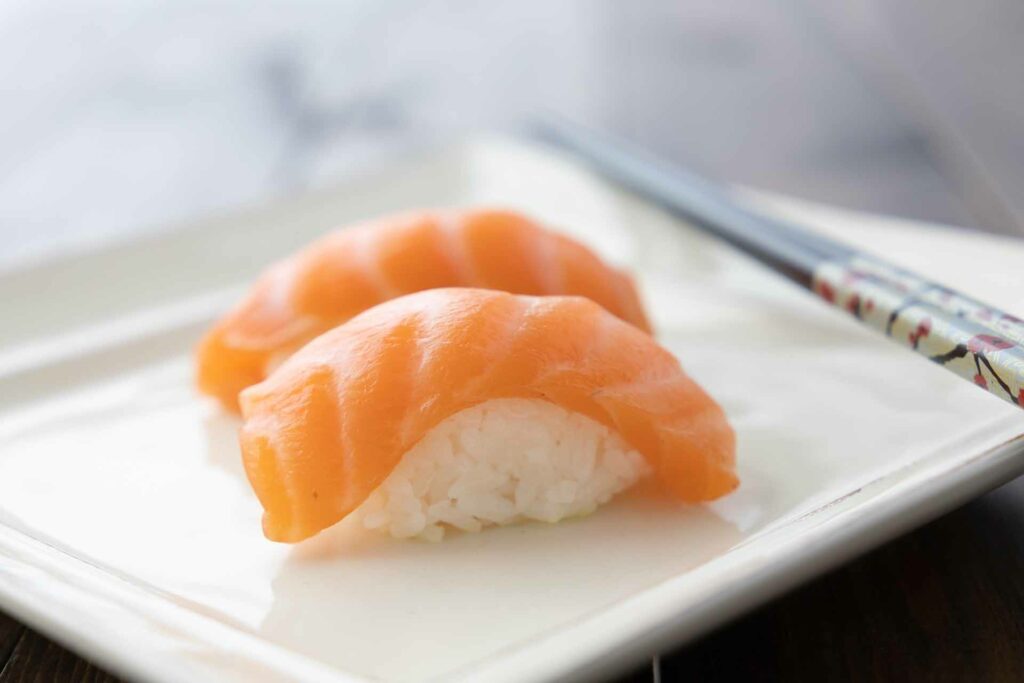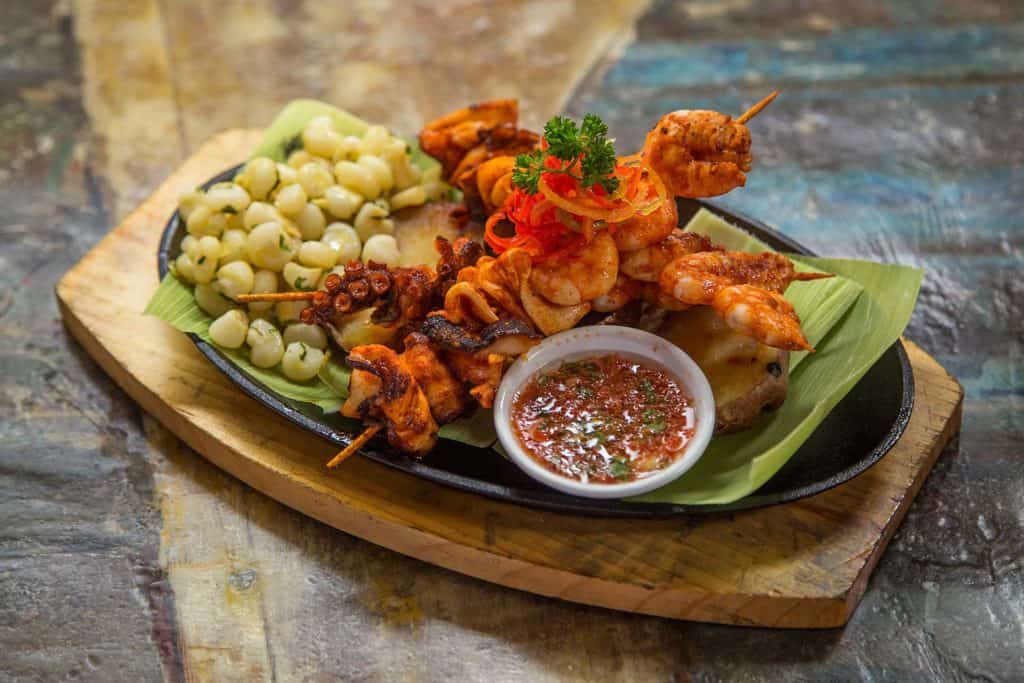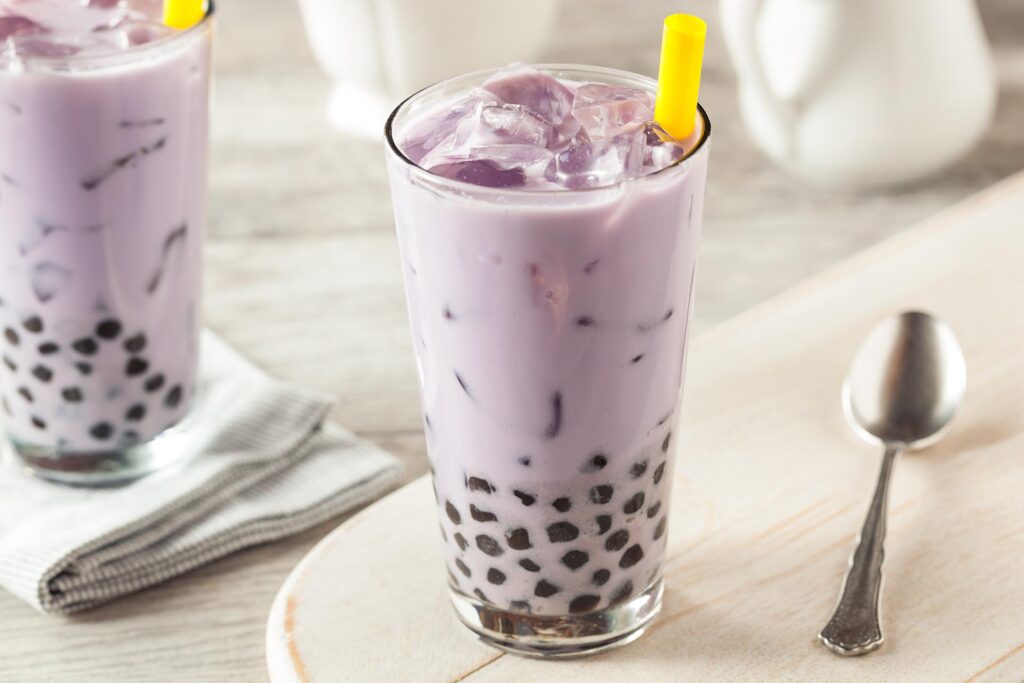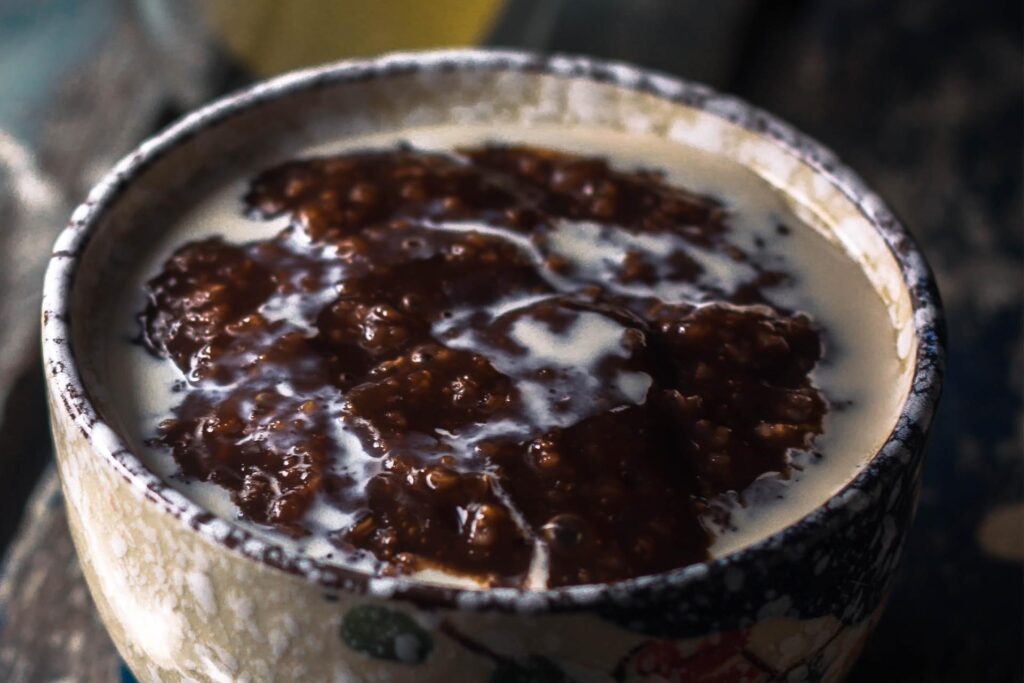The world of sushi is a culinary adventure, offering a wide variety of options to tantalize your taste buds. Among many choices, two popular and distinct sushi styles are nigiri and sashimi. Although they may seem similar at first glance, there are notable differences that set them apart. In this blog, we will explore and compare nigiri and sashimi to help you understand the nuances of each.
Nigiri Sushi

Niri sushi is a dish that includes a small amount of rice that is formed into a mound. Atop the rice sits a thin slice of seafood or fish, which can be raw, cooked, or marinated. The rice is seasoned with a blend of sugar, salt, and rice vinegar which gives it a tangy taste. A small amount of wasabi is often placed between the rice and fish, and the dish may also be served with soy sauce, pickled ginger, or daikon radish.
Nigiri sushi has a key feature: the rice is shaped by hand into an oval to go with the fish. The rice serves as a neutral and slightly sweet base for the fish, which should be of high quality as it is the main focus of the dish. Examples of fish used in nigiri sushi are tuna, salmon, yellowtail, and eel.
Sashimi

Sashimi is thin slices of raw fish or seafood that are not served with rice. The name “sashimi” comes from the traditional method of serving it, where the fish is pierced with a wooden skewer to keep it in place. Sashimi is different from nigiri sushi because it does not come with any rice or other accompaniments on the plate.
Sashimi highlights the natural taste of the fish and is usually accompanied by garnishes such as shredded daikon radish, shiso leaves, or seaweed for a fresh texture. It can be enjoyed plain or with soy sauce and wasabi for extra flavour.
Key Differences
Rice: The key difference between nigiri and sashimi is whether or not rice is included. Nigiri sushi always has rice, whereas sashimi does not include any rice.
Presentation: Typically, Nigiri sushi consists of a small ball of rice topped with a slice of fish or seafood, often shaped by hand. On the other hand, Sashimi is served as thin slices of fish or seafood without any rice.
Accompaniments: Nigiri sushi is commonly accompanied by soy sauce, pickled ginger, daikon radish, or wasabi, while sashimi is usually served with garnishes like seaweed, shiso leaves or daikon radish.
Focus on Fish: Although nigiri and sashimi showcase fresh and high-quality fish, there is a difference in taste. Nigiri sushi has a more balanced flavor as the rice provides a neutral base, while sashimi solely highlights the natural taste of the fish.
Texture: Nigiri sushi has a unique texture that comes from the softness of the rice and the firmness of the fish. On the other hand, sashimi is all about the texture of the raw fish.
Final Thoughts
In summary, nigiri and sashimi are two distinct styles of sushi that differ primarily in the presence of rice, presentation, accompaniments, and focus on the fish. Nigiri sushi is characterised by a small mound of seasoned rice topped with fish or seafood, while sashimi is thin slices of raw fish without any rice. Whether you prefer the balanced flavor of nigiri or the freshness of sashimi, each sushi style offers a unique and delicious experience. Itadakimasu! (Let’s eat!)





